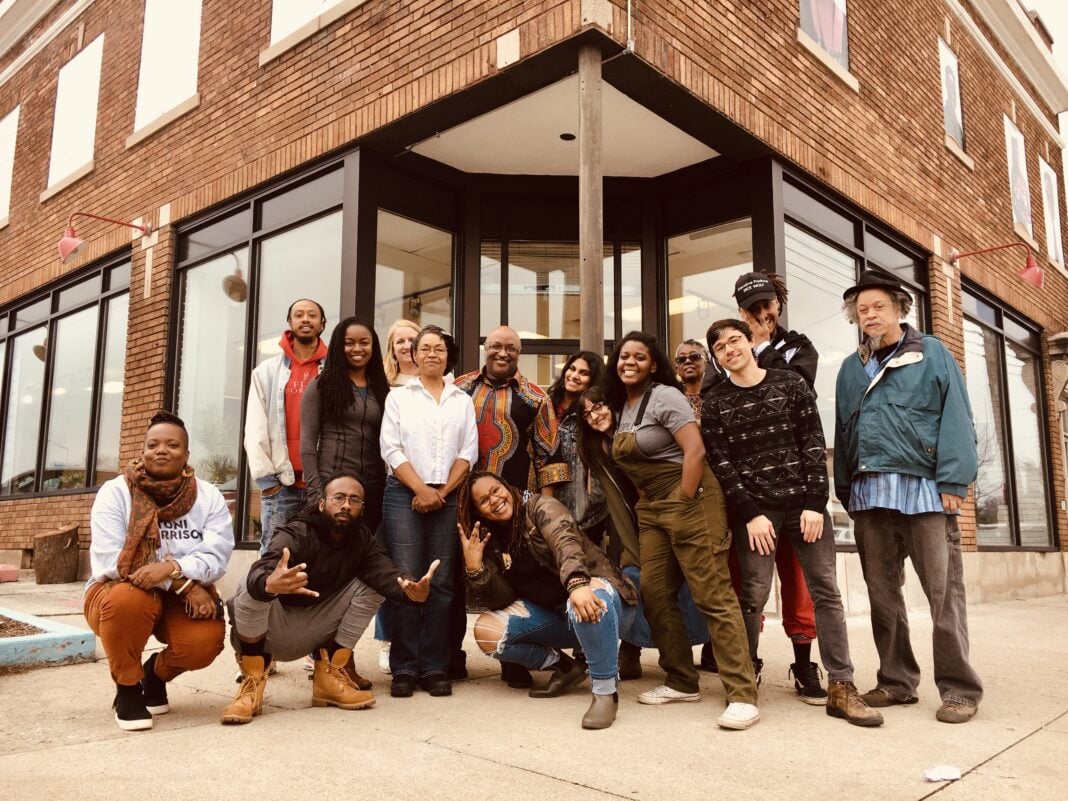The COVID-19 pandemic aggravated an already severe housing crisis. As property values and housing costs skyrocket downtown, lower-income residents are pushed further out to Indy’s east and west sides, disrupting communities and established support systems. We have an opportunity now to begin to address the housing crisis and its devastating effects through a community land trust. Community land trust (CLT) is a mechanism that ensures permanent affordable housing and community control of development for historically marginalized communities. A city-wide CLT in Indianapolis will provide long-term stability for low-income individuals and families and control for Black and brown communities.
Community land trusts
Community land trusts are nonprofit, community-based organizations designed to ensure community land stewardship. CLTs have been historically focused on securing long-term housing affordability by acquiring land, maintaining ownership of it permanently, and preventing land prices from rising significantly.
Unlike other approaches, CLTs commit to serving community needs by keeping the land affordable and guaranteeing community control, independently of changes in the neighborhood, city, state, or country. CLTs allow for more stable neighborhoods through long-term access to affordable homes and better stewardship of housing subsidies, community ownership and self-determination. CLTs represent development for the community by the community.
The first CLT was created in 1969 by organizers connected to the civil rights movement, the Student Nonviolent Coordinating Committee (SNCC), and other groups in Lee County, Georgia. The CLT model was conceived to promote socioeconomic and political transformation and self-sufficiency for Black families through land ownership and control.
Close to 300 CLTs exist in the U.S. and more internationally in urban, suburban and rural areas and with varied purposes, including housing, commercial, services and agriculture. It is a proven model for equitable development and inclusive growth. Cities like Lexington, Chicago and others already have CLTs for permanently affordable housing and community control.
A city-wide CLT in Indy
Over several years, a CLT coalition, formed by various people and organizations in Indianapolis, has collaborated to create a city-wide CLT in Indy. Currently, the coalition is working on a new 501c3 nonprofit organization that will be the central server for the city-wide CLT collaboration and partnership. Neighborhood and resident representatives will compose two-thirds of the board governance and decision-making of the CLT.
At the same time, the CLT coalition is working on resident and community engagement to build awareness about what a CLT is and how it can support low-income neighborhoods to maintain housing affordability and community control. This process also entails creating a membership base for the CLT and recruiting low-income residents to be involved in the CLT creation and governance once it is established.
We have a critical opportunity to address the long-lasting housing crisis and its disproportionate adverse effects on Black and brown communities. The 2022 proposed city budget introduced by Mayor Joe Hogsett in Aug. 2021 contains $419 million from the American Rescue Plan, from which approximately $60 million would go to preserving and creating affordable housing and $1.5 million to start-up and operational funds for the city-wide Indy CLT. Funding these projects is a critical step in a path for development without displacement and inclusivity for all Indianapolis residents. The Indy city-wide CLT is part of the Indianapolis Department of Metropolitan Development’s anti-displacement and inclusive growth policy agenda. This plan seeks to “provide support for establishing a community land trust to help maintain mixed-income communities in fast-changing neighborhoods.”
Local resident and activist historian Wildstyle Paschall explains why he supports CLTs: “Historically, the housing market has not allowed Black people to build wealth. Black neighborhoods are devalued by millions of dollars, with Black-owned property values being worth less than others. Wealth building has not happened in Black neighborhoods with homeownership. I advocate for a CLT because of the option of stability. Home stability is the most important issue. You can’t build wealth without home stability. You can’t raise kids, worry about your mental and physical health without home stability. We have not reached wealth-building or home stability in Black neighborhoods in Indy. A CLT also allows for the control of ownership. Control is essential. The open market has not been able to take care of poor people, and communities should control the process themselves.”
Serving communities
We hope that a city-wide CLT in Indy will serve traditionally marginalized communities and residents. We hope to shift housing policies to serve lower-wealth residents and those most at risk of eviction and homelessness.
A CLT does not compete with the open housing market. Instead, it is another option to provide freedom to those who have not been able to access homeownership, secure home stability and build wealth. Ultimately, being part of a CLT is a choice and a path to begin to address long-lasting housing disparities, exclusion, and displacement for Black and brown communities. If you are interested in learning more or being part of our work, check out our website: kheprw.org/homesforallindy.
Homes for All Indy is a program of the Kheprw Institute, a nonprofit organization focused on empowering youth and building community wealth in Indianapolis.







